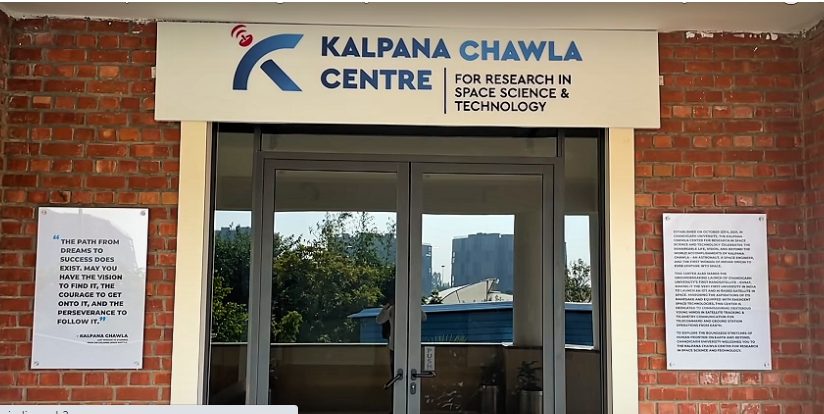




Copyright infringement not intended.
Context
Details
|
CUSat The CUSat will be among the 75 student-built satellites to be launched into space on the eve of the 75th Independence Day in 2022. With the launch of CUSat, Punjab will become the first border state in India to have its own satellite in space. The launch of the university’s nanosatellite-CUSAT will prove to be an important step for the country, as it will collect data related to border intrusion detection, agriculture, weather forecasting, natural disaster forecasting, which will be helpful in research and study of various problems in these areas. |
|
SatNOGS The SatNOGS (Satellite Networked Open Ground Station) project was initiated during NASA SpaceApps Challenge in 2014 at Athens Hackerspace. SatNOGS is currently a project of the Libre Space Foundation. SatNOGS (Satellite Networked Open Ground Station) project is a free software and open source hardware platform aimed to create a satellite ground station network. It seeks to address the problem of connecting many satellite users/observers to many ground station operators. The scope of the project is to create a full stack of open technologies based on open standards, and the construction of a full ground station. SatNOGS aims to provide a stack of technologies needed for a distributed network of low Earth orbit satellite ground stations.
Copyright infringement not intended |
Significance
https://pib.gov.in/PressReleasePage.aspx?PRID=1814045











© 2025 iasgyan. All right reserved